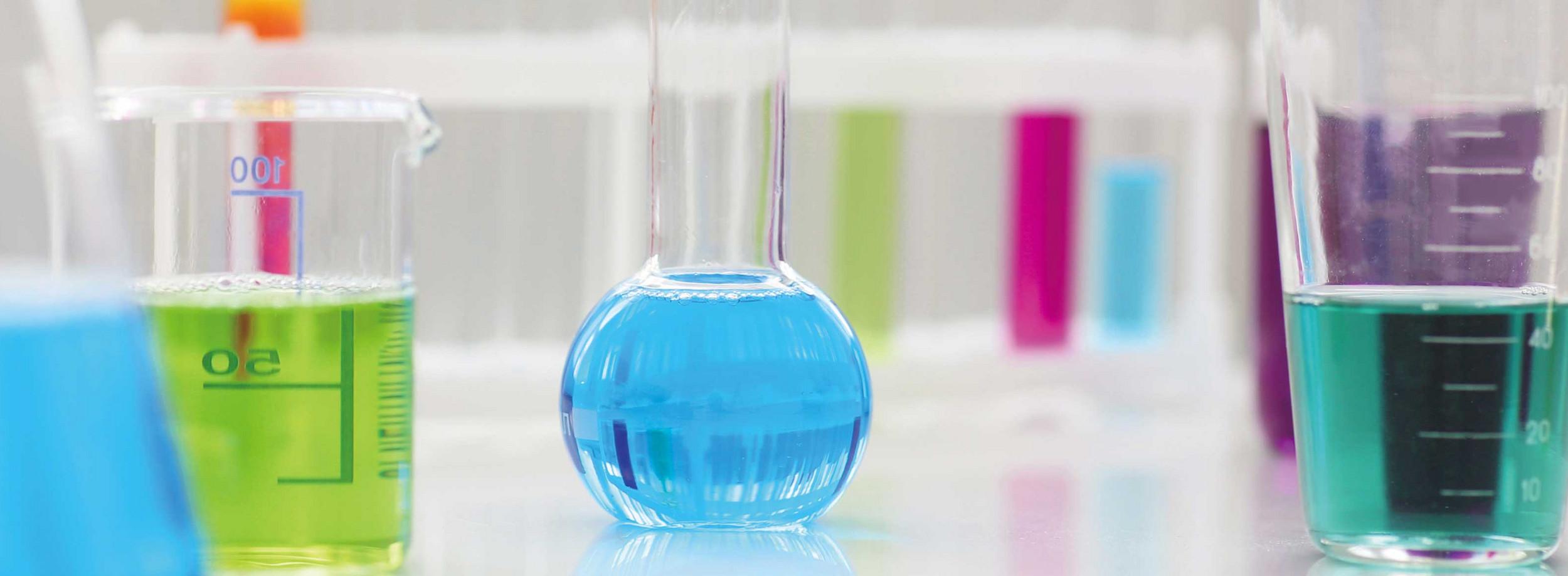
Gunshot residue (GSR) consists of tiny particles expelled from a firearm when it is discharged. These particles, primarily composed of heavy metals, such as lead, barium, and antimony, can settle on the shooter and nearby surfaces, providing crucial forensic evidence in criminal investigations to determine if a firearm was recently used.
While SEM-EDX is used for individual GSR particle characterization such as ASTM E1588, micro-XRF provides a more comprehensive area scan, including even GSR on textiles or clothes without sample pretreatment or sample destruction, thanks to the availability of X-rays under non-vacuum condition and the larger sample chamber capacity.
Elemental information of gunshot residues (GSR) and the GSR patterns form evidence that examined people who have been close to a gun being fired. Micro-XRF allows you to perform GSR analysis even on clothes. Thanks to HORIBA’s XGT-9000 wide selection of probe sizes and partial vacuum condition, you can do the analysis without losing / blowing up the unfixed residues on clothes.
Elemental imaging on GSR on a textile (Under partial vacuum condition)
The amount of a key element in GSR gives a clue to estimate position of where the gun was fired. Thanks to its larger scanning area than SEM-EDX, Micro-XRF allows more representative analysis to determine total Pb content within the GSR area on clothes.
Gunshot residue samples in different shooting positions and Pb content trend.
See more application content:
*Application note (Previous model, XGT-5000): Gunshot residue analysis using X-ray fluorescence micro-analysis - HORIBA
*Science in Action (Raman spectroscopy): Raman spectroscopy breakthroughs make CSI real - HORIBA
HORIBA제품의 자세한 정보를 원하시면, 아래의 양식에 내용을 입력을 부탁드립니다.


